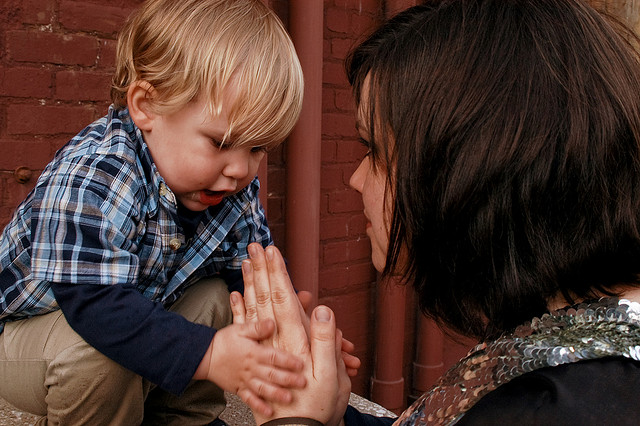Rationale
We all have different reactions to physical closeness to others. Some people need more social distance than others to be comfortable. It is important to determine your child’s social comfort zone when engaging in activities together in order to maintain his/her attention on you. The following links provide helpful information to guide you in determining your child’s individual social comfort zones.
Tips and Tools for understanding your child’s temperament
Understanding Temperament in Infants and Toddlers

Listen to this podcast for more:
I understand my child’s social comfort zone when:
- I am close enough to touch my child and she is occasionally looking at me and not turning away.
- I am alert to my child’s body language when we are engaged in activities together (looks calm, shows interest in the activity, smiling occasionally).
- I am able to read my child’s cues and adjust my voice, body position, or activity in response to her needs.
Back to Module 1 Step 5: Join in by following your child’s lead


